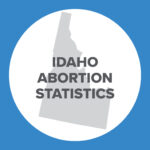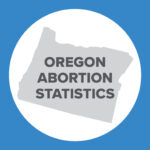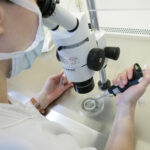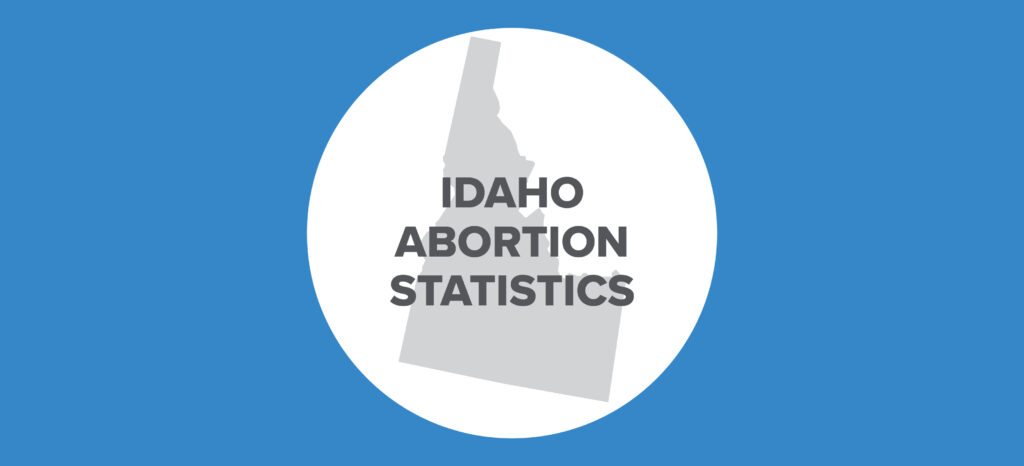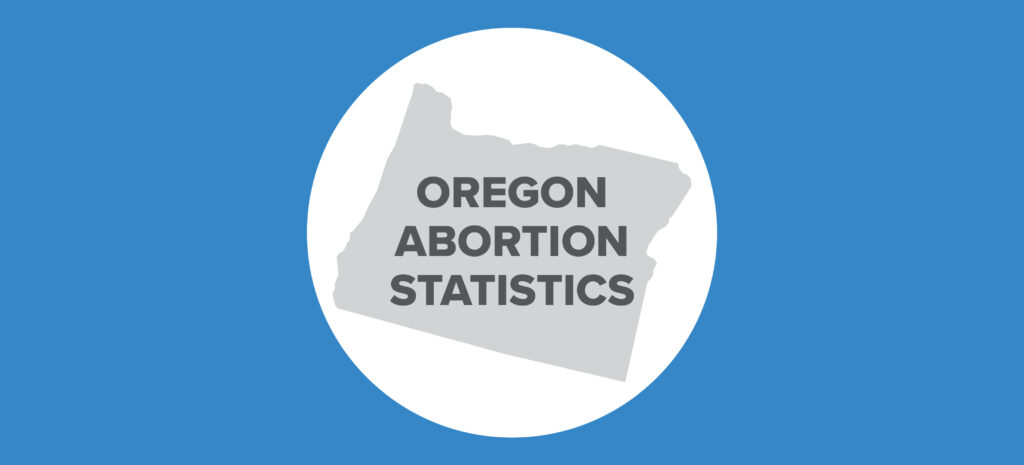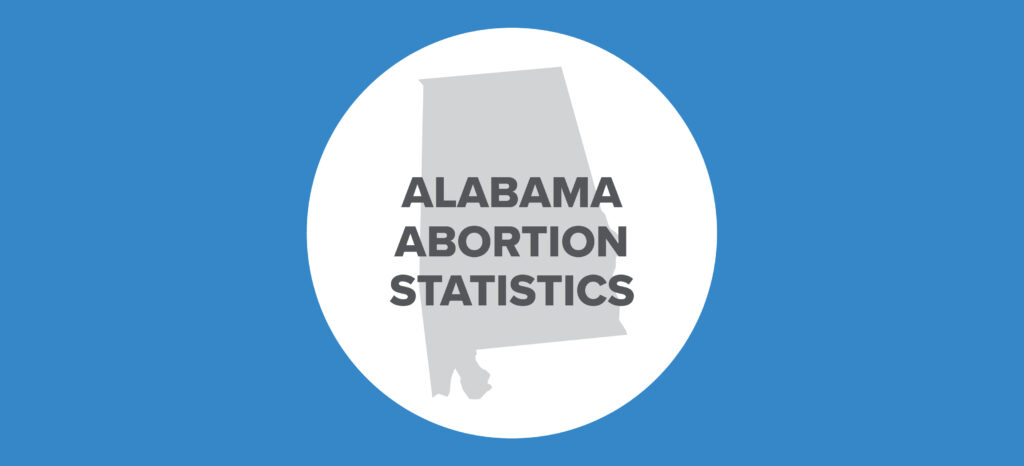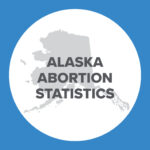Abortion Reporting: Wisconsin (2018)
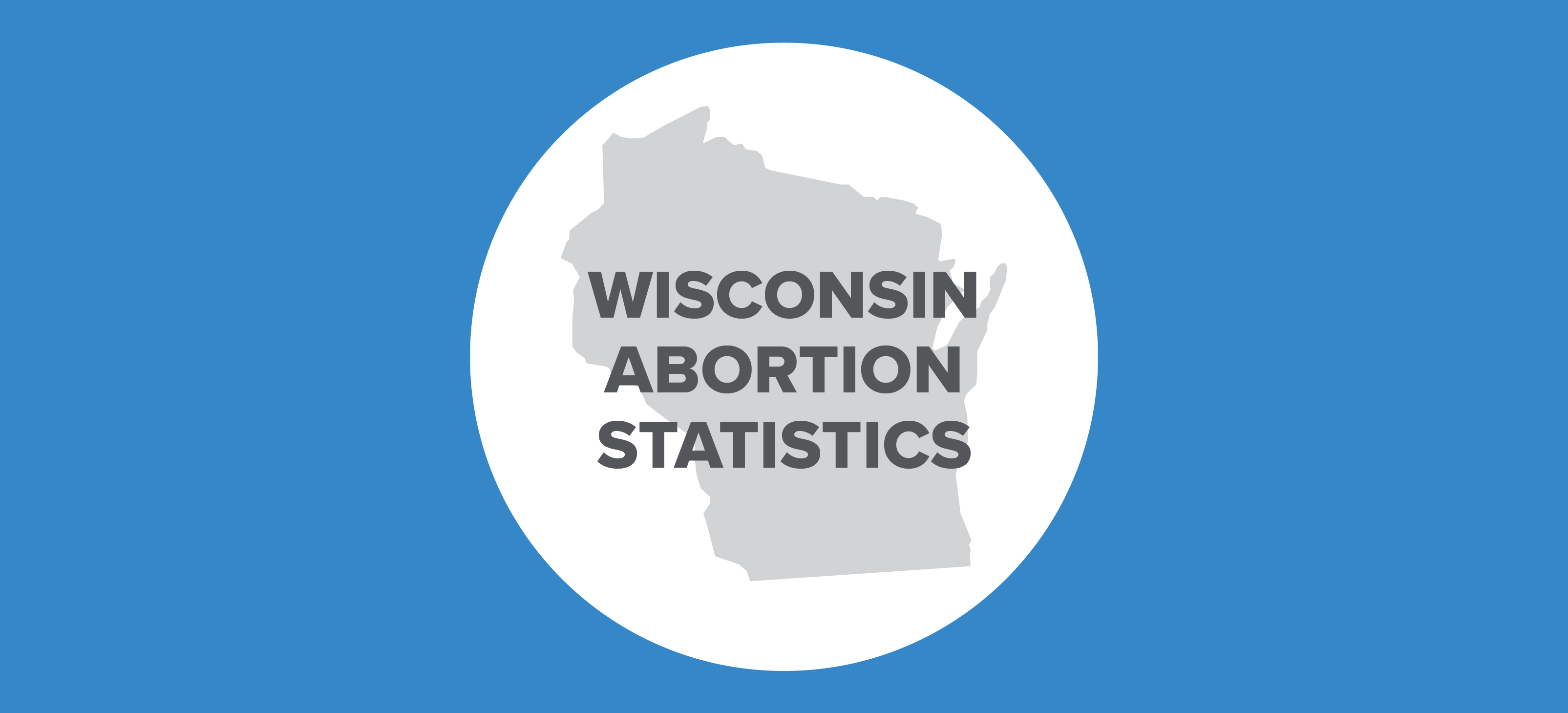
Wisconsin’s annual abortion report for 2018 was published by the Wisconsin Department of Health Services in February 2020. The report shows that abortions in the Badger State increased from the previous year.
Changes in Wisconsin Abortions, 2017-2018

*The change in total abortions and chemical abortions reflects abortions performed on Wisconsin residents, not all abortions occurring in the state, because Wisconsin does not report the types of procedures used for abortions performed on nonresidents. The change in the abortion rate reflects all abortions reported in Wisconsin, including nonresidents. The report does not include information on Planned Parenthood’s Wisconsin abortion market share.
Abortion Totals and Trends
In 2018, there were 6,224 abortions reported in Wisconsin, an increase of seven percent from 2017. Abortions performed in Wisconsin on Wisconsin residents also increased by seven percent, while chemical abortions on Wisconsin residents jumped 45 percent (Fig. 1). However, the percentage of Wisconsin resident abortions induced chemically is still relatively low, with chemical abortions making up 29 percent of all abortions performed in the state on Wisconsin women in 2018. No information is available for chemical abortions performed in Wisconsin on nonresident women. The Charlotte Lozier Institute calculates that Wisconsin’s state abortion rate in 2018 was 5.7 abortions per 1,000 women of childbearing age, an increase from the previous year but still well below the national rate (Fig. 2).
State Report Summary
In 2018, 97 percent of the abortions occurring in Wisconsin were performed on state residents, while three percent were performed on nonresidents, including nearly two percent on women from Illinois. Sixty percent of Wisconsin abortions were on women in their twenties. Thirty-one percent were on women in their early twenties (ages 20 to 24), and 29 percent were on women in their later twenties (ages 25 to 29). Twenty-eight percent of the abortions were performed on women in their thirties and three percent on women age 40 or older. Ten percent of the abortions were performed on girls under the age of 20. There were 177 abortions (three percent) on minor girls younger than 18, with 169 of these performed on Wisconsin residents.
Wisconsin requires consent from an adult family member before an abortion may be performed on a minor. The annual abortion report provides information on the consent provided for the 169 abortions obtained by Wisconsin minors. In five cases, the girl was an emancipated minor and able to give consent for herself, and in eight cases, a judge waived the parental consent requirement. There were 156 girls who had an adult provide consent on their behalf, with 138 minors getting consent from a parent and 18 getting consent from another adult family member. Wisconsin allows the consent requirement to be waived in medical emergencies, in cases of sexual assault, in situations where the minor is at risk of suicide, or in instances of abuse by a caregiver; none of these waivers were reported in 2018.
Over half the abortions reported in Wisconsin (51 percent) were performed on white women, although white women make up 85 percent of Wisconsin’s population of childbearing age. Thirty percent of the abortions were on black women, even though black women compose just nine percent of all Wisconsin women ages 15 to 44. Five percent of Wisconsin abortions were on Asian or Pacific Islander women (similar to their representation in the population as a whole), and one percent were on American Indian women (who compose one percent of the population of women of childbearing age). Fourteen percent of the abortions were on women of other or unknown races. More than one race could be reported for each abortion, and a few abortions had multiple races reported. Twelve percent of the abortions were on Hispanic women, 87 percent on non-Hispanic women, and one percent on women whose ethnicity was not reported.
The majority of the women undergoing abortions in Wisconsin had at least 12 years of education. Thirty-five percent reported 12 years as their highest level of education, while 39 percent had between 13 and 15 years of education and 16 percent reported 16 years or more. Nine percent had finished fewer than 12 years of school. Education was not reported for one percent of the women obtaining abortions in Wisconsin. Fourteen percent of the abortions were performed on married women and 86 percent on unmarried women.
A large majority of the abortions reported in Wisconsin, 71 percent, were surgical procedures. Twenty-nine percent were chemical abortions, a lower proportion than in many other states. One intrauterine instillation abortion was reported in 2018. Most abortions were performed in the first trimester, with 60 percent at eight weeks of gestation or earlier, 18 percent between nine and 10 weeks, and nine percent between 11 and 12 weeks. Seven percent of Wisconsin abortions were performed between 13 and 15 weeks of gestation. Six percent occurred between 16 and 20 weeks, and 48 abortions (not quite one percent) were performed after 20 weeks of gestation. Wisconsin limits abortion at 20 weeks post-fertilization, approximately 22 weeks of gestation, when unborn babies are known to experience pain.
Wisconsin’s abortion reporting form instructs abortion providers to report any complications that occur during the abortion procedure to the Wisconsin Department of Health Services. Providers are told to wait until a chemical abortion has been completed before reporting complications. In 2018, no complications were reported for 90 percent of the abortions1. There were four cases of hemorrhage, two cervical lacerations, and 73 instances of retained products of conception. Additionally, 552 other, unspecified complications were reported. Multiple complications may be reported for each abortion; however, the number of abortions with no complications and the number of individual complications sum to 6,224, the total number of abortions reported in Wisconsin.
Illegal Abortion Pills in Wisconsin
While the percentage of chemical abortions reported in Wisconsin is relatively low, some unreported chemical abortions have been attempted outside health care settings. In 2018, a Wisconsin man was arrested for drugging his pregnant girlfriend’s water bottle with mifepristone in order to force her to abort their unborn baby. She noticed the residue before drinking the water and notified the police. The man obtained the abortion pills from a New York City distributor, who purchased them in bulk from India and then illegally sold them online and shipped them around the country. The distributor was also arrested and has now pled guilty, but has encouraged “copycats” to continue her work. Another abortion pill seller, Aid Access, has distributed thousands of pills throughout the U.S.; it is possible that some of those pills have ended up in Wisconsin.
State Ranking
In the Charlotte Lozier Institute’s 2016 paper on abortion reporting in the 50 states, New York City, and the District of Columbia, Wisconsin’s reports tied for 17th best. Wisconsin could improve its reporting by incorporating information on all chemical abortions occurring in the state, including those performed on nonresident women. Similarly, Wisconsin could improve its abortion complication data by requiring that all abortion complications be reported, including those diagnosed and treated by health care professionals other than the abortion provider. Some states have instituted requirements that health care facilities and providers report any abortion complications they encounter. Wisconsin could also report the number of abortions performed at each abortion center and whether any babies were born alive during abortions. Additionally, the Badger State could provide a more precise breakdown of the weeks of gestation at which late-term abortions are performed instead of reporting one total for all abortions performed after 20 weeks.
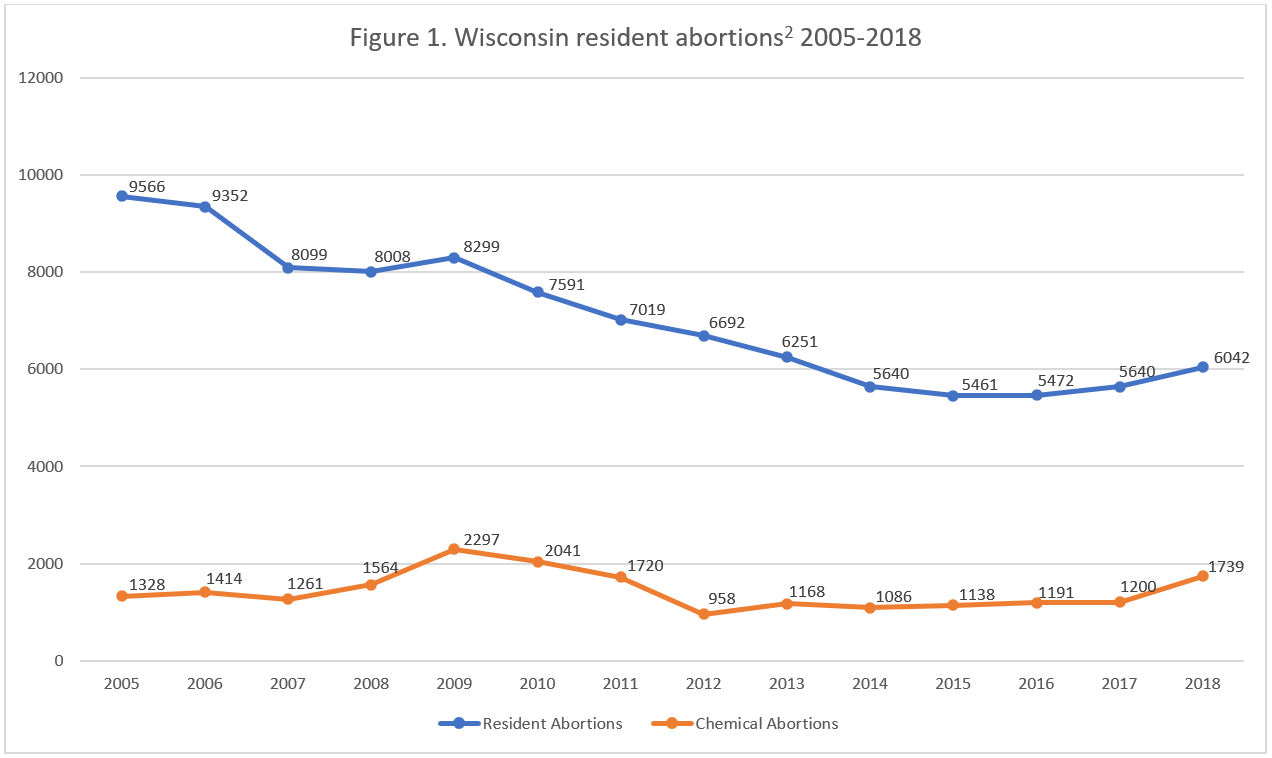
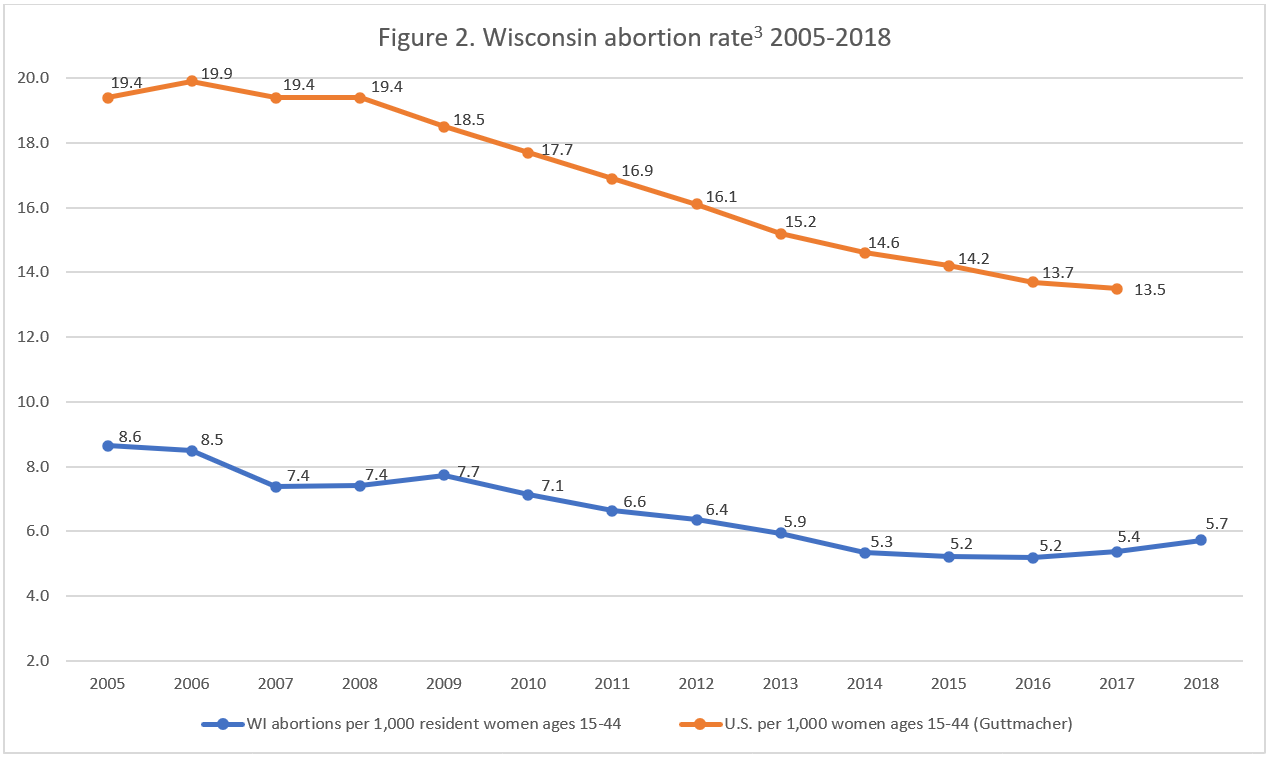
- Statistics on abortion complications reported here represent a minimal number of deaths and complications, as this data is collected in a non-systematic and non-verifiable way. As such, this data cannot be used to calculate either an accurate abortion mortality rate or an accurate abortion complication rate for the state.
- Total abortions and chemical abortions performed on Wisconsin residents in Wisconsin. The report does not include chemical abortions performed on nonresidents in Wisconsin. Chemical abortions include failed chemical abortions that were completed surgically.
- Starting with the 2018 abortion reports, abortion rates are calculated by the Charlotte Lozier Institute to allow for easier state-to-state and year-to-year comparisons. Rates were calculated by CLI using population estimates from the United States Census Bureau. The rates were calculated using the following formula: (total number of abortions performed in Wisconsin ÷ number of resident women ages 15-44) x 1,000. Rates may differ slightly from previous CLI articles due to revised population estimates.










